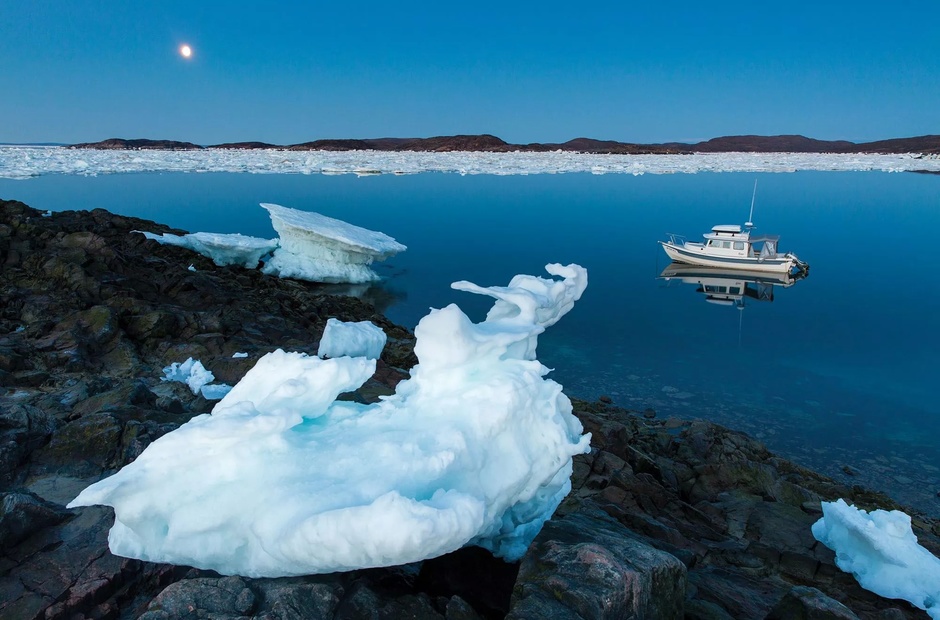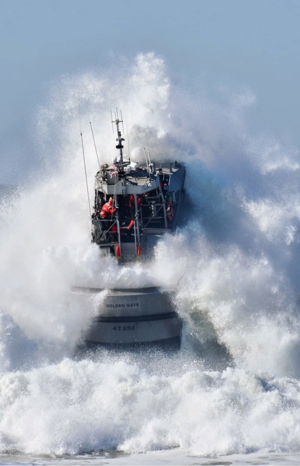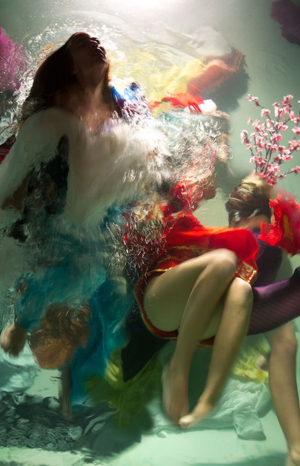«C-Sick crashes into a reef with a sound like a train wreck. I managed to lift the motors before the collapsed waves turned the ship's nose and threw us aground. I snuck into the cockpit, trembled with cold wind, adrenaline rush and fear.
I grabbed the hillside and tried to push off the rocks with all my weight, but C-Sick got stuck.
It was one of those moments when you find yourself standing grabbed by your head on some distant dreary shore in the middle of the scattered shards of your dreams, who want nothing but to get out of here and go home, in a warm bed. That's when the adventure»begins.
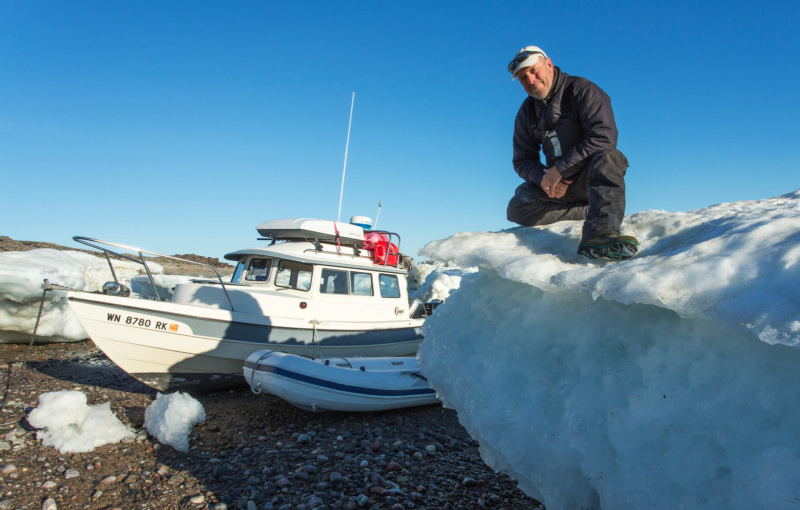
Starting .
Above, photographer Paul Souders, who is hunting for pictures of polar bears, describes how he ran aground in Hudson Bay. After leaving Seattle, he didn't plan on being there tonight. It was the search for polar bears that took him this far. All he had to do was make coffee and look forward to the tide picking up his 6.7 meter high fishing flatbed called C-Sick from the reef so he could sail away.
In each story of the great adventure journey of the spirit mirror the external, physical journey. When you read Sauders«' fascinating book Arctic Solitaire» (2018), it is clear that his quest for the perfect bear will lead him to much more important discoveries.
His journey began when, dissatisfied with his career, he decided to go on a solo expedition to the wildest places on the planet.
«I believed the lessons that were hard to remember,"»said Sawders.
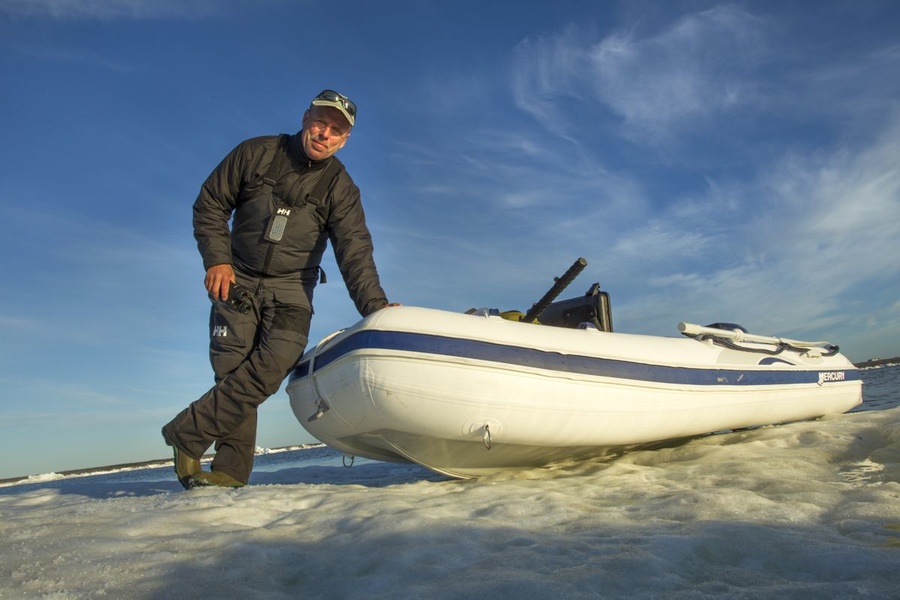
So when he decided to take pictures of the glaciers in Alaska, he gave up the idea of squeezing into a tourist boat. He took the ferry to Juneau and then traded the tourist trip for a lonely 75-mile walk to the Tracy Arm Fjord on a three-meter Zodiac inflatable boat with an outboard engine of ten horsepower.
«I was a dangerously stupid man," he said, smiling. - Nobody does that. But I wanted to explore all by myself.
Alaska has provided him with countless opportunities to photograph the wilderness. Especially brown bears. In 2012, he travelled in his Zodiac to Canada in the Hudson Bay, where he hoped to capture an animal that seemed a logical next target.
There, over 30 miles from Churchill, he saw some movement on the iceberg.
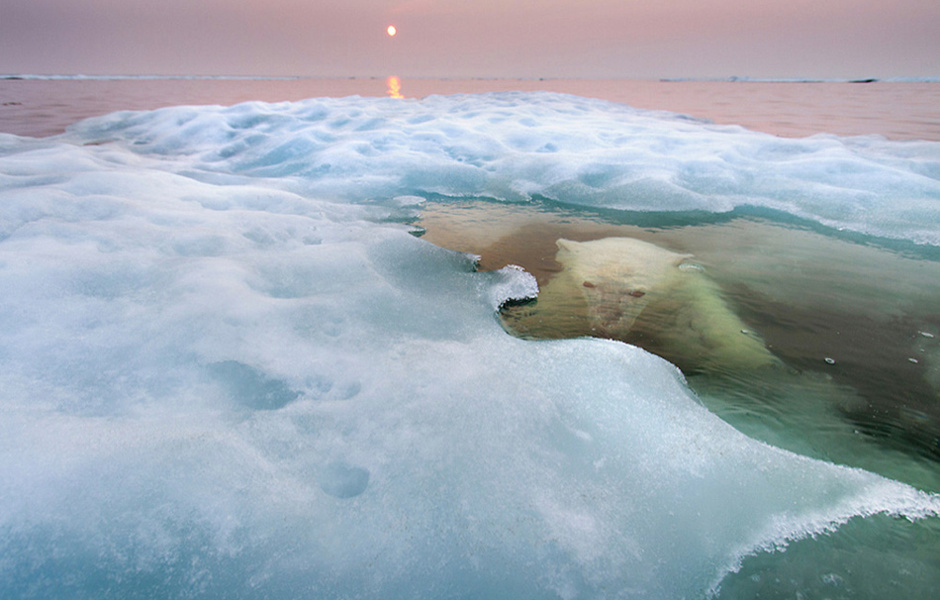
Perfect bear.
«Most bears will stay away, but this young female, judging by her size and physique, has gradually calmed down and - as I slowly followed her - has become more and more curious," says Sawders. - Soon we were moving in parallel on the water. We were about a hundred meters apart, then about 50, then (Lord have mercy!) the bear was very close.
When the bear dived under the iceberg, I directed the boat closer and hung a tripod over the hole in the ice. She got up to breathe in and I started shooting, blindly pulling the remote release cable and hoping that something would be in focus. For a moment it sank into the water, then rose for another breath and disappeared under the ice.
The midnight sun hung in the foggy orange sky like a dying star. The bear appeared again and slowly sailed towards sunset across the shining, like molten metal, sea. I, completely stunned, followed her, keeping my distance; I listened to her measured breath and watched her powerful forelegs roam the cold ocean.
There was peace over the water. You couldn't see the earth. I was at sea alone with a polar bear.
Seemed to have been given a jewel, something priceless that I would keep for the rest of my life.
I could follow the bear through the light summer twilight for hours. But I turned off the engine and let the boat drift. In silence, I watched her sail away, slowly disappearing.
Sawders won the 2013 National Geographic Photo Contest Grand Prize for his pictures of the submerged bear. He was also voted Best «Wildlife Photographer by» the Air Force. He wanted to repeat this experience, but realized that, like in Jaws«, he needed»a bigger boat.
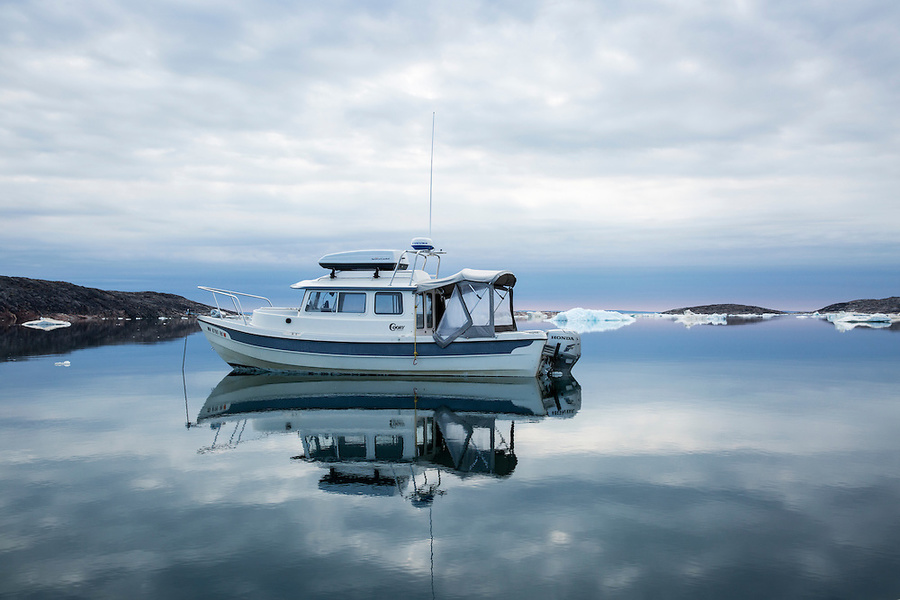
Perfect boat
«I'm hardly the first to discover that life at sea has the same advantages as a prison sentence. Only maybe the company is worse and there is a better chance of drowning," Sawders writes of his decision to go on a long single journey. - But even when my brain and my accountant were screaming, "No, no, no!" - my heart would say, "Oh, hell, yes!"»
Sauders needed the right boat. He searched online and came across a boat with a funny name C-Sick. The 22-foot C-Dory from Bellingham, Wash., met all Sawders' requirements: it had a 40 horsepower Honda twin outboard engine, a decent fuel reserve and enough space to hide a spare 30 litre canister of fuel. And most importantly, it had a covered wheelhouse.
She also had a flat bottom. According to Sawders, this option for his journey was better than it may seem at first sight.
«I could have sneaked half a meter deep on the water," he explains. - Besides, I already had a boarding boat. My rubber boat was tattered, but it was strong and reliable.
In 2013, Souders returned to the Hudson Bay with C-Sick. According to everyone who is familiar with this story, he was not 100% prepared.
«I took a basic course in motorboat control, but in reality it wasn't like that.
That was awful. I tied the bowline wrong, I didn't know how to anchor, but I thought I could drive the boat through the ice.
God must have a sense of humour," he»says.
«A trip like this may or may not have to be prepared for years: the slow acquisition of necessary skills, training, professional equipment," he writes in his book. - For me, it always seemed much more logical just to go and sort out what, on the way. If not for other circumstances, I could have failed in a really spectacular and memorable way.
Wild Bay
Souders spent three summers in Hudson Bay on C-Sick. He found that instead of «many happy days filled with the bears he had dreamed of», he would have to put up with the brutal reality of sailing alone 600 by 400 miles through a cold inland sea where the wind was catching up with the wave. Faced with an almost constantly turbulent sea, he learned from his experience what the cost of good maritime practice is.
«The ugliest wave I've ever seen so far has grown in front of me. - He describes one of the cases. - I pushed the throttle knob forward to accelerate and climb up its steep ridge, praying that I wouldn't lose momentum and slide back to the bottom of the wave. I held my breath. C-Sick climbed up, and then suddenly jumped into the air as if we were falling out of a window, and crashed into a concrete sea.
When the bay is raging in anger, safe harbours can be counted on your fingers.
For miles around - not a single tree or a single hill: the wind rages with nothing compared to rage.
One day, Sawders went ashore in his Zodiac tender «»to shoot landscapes, and the wind began to change to the north. That was fast.
«The hour it took me to get back to C-Sick was creepy: the wind started to whistle, the waves found one on top of the other," he writes. - The storm tried to throw the Zodiac out of the water, and when my nose started to rise, I instinctively moved all my weight forward. If we flipped over, I would never have been able to fix it: never started the engine, never got out of there.
The danger could have sneaked up on the other, no less insidious side. The ice has repeatedly blocked the C-Sick retreat routes. The boat was trapped just like the ships of European explorers a century ago.
Bears? They've caused a number of problems.
While some were shy and kept at a distance, others were curious and fearless. Or angry. Like the bear that bit the Zodiac.
«When I heard the sudden whistling of compressed air, I realized that my behavior had already gone beyond recklessness and even foolishness: it is on the verge of suicide," wrote»Souders. The good news was that he had a patch pack with him.

Sometimes bears would get uncomfortably close to C-Sick. Taking a picture of a polar bear through one of the portholes of his boat, Sawders, he said, understood «how the seal felt in the last seconds before the light flickered. One day, from the memory of which the hair stands up, the big male decided he wanted to take a closer look at the photographer's apartment.
«Probably two miles from the shore, he raised his head high, smelled the air and walked resolutely on the moving ice," he wrote. - Straight to C-Sick.
I've got a lot of fear inside me, and my body's covered with sweat.
C-Sick was stretched far ashore, I had nowhere to go, nowhere to hide. If that bear got to the boat first and climbed into the cabin, attracted by the smell of food, or worse, caught me in the open... I didn't even want to think about it.
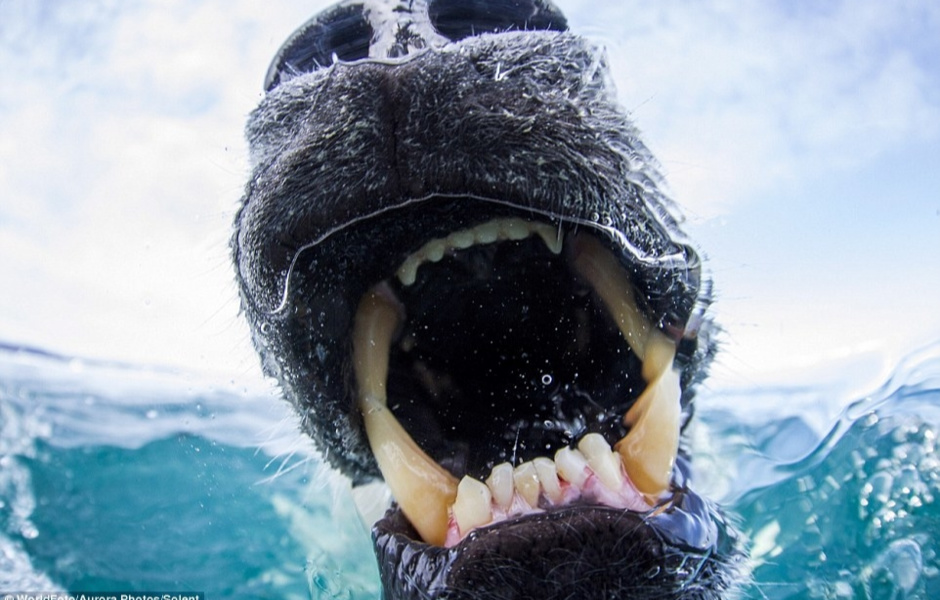
Fortunately, Souders escaped. Thanks to the time he spent alone on the water on C-Sick, he was able to take pictures. Again and again.
«After 30 years as a photographer, this is the best thing I will ever do," he»says of the time he spent in the Hudson Bay.
He got on a boat and got more than just pictures. He gained experience in life adventure.
The original English article was published on boatingmag.com.

